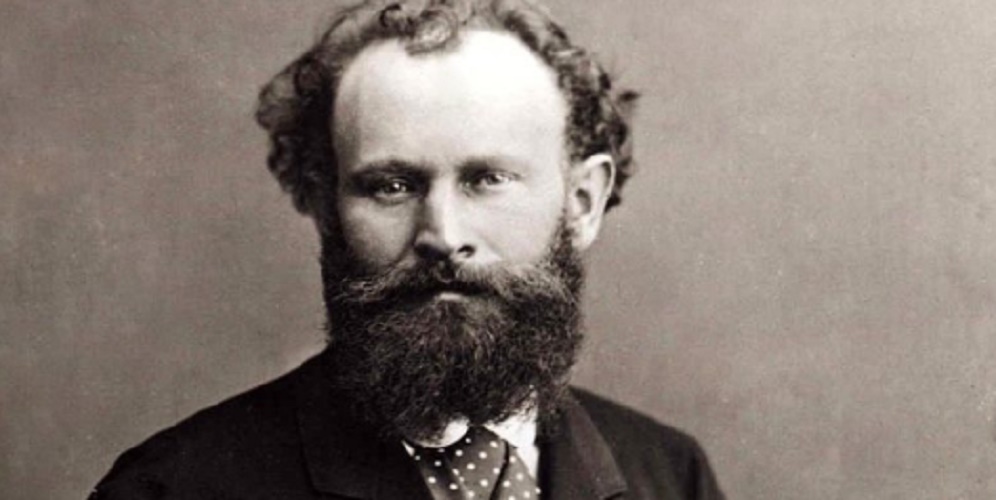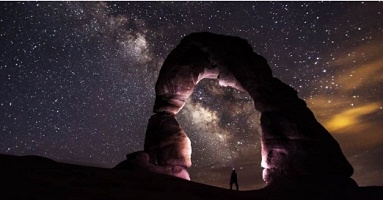What is impressionism?
We explain what impressionism is, how is its historical context and its characteristics. In addition, representatives and impressionist art.
-
What is impressionism?
Impressionism is known as one of the main artistic movements of the nineteenth century, especially in the genre of painting , which aspired to reproduce in his works the vital “impression” of the world around him , that is, he tried to paint the light in the Exact moment when they watched the world. In this he broke with his predecessors, who favored full and identifiable figures and was a key movement in the development of the arts in Europe – and especially in France – and laid the foundations for later movements such as post-impressionism and avant-garde.
The name of impressionist was also used for other arts , such as music or literature , or sculpture and architecture , although its defining features are quite particular to the painting. This is possible because the philosophy of impressionism could be interpreted as an eagerness to imitate reality and, in any case, to conceive of art as the result of a rational process, something that went hand in hand with positivism, a doctrine of thought that prevailed in the bourgeois society of the 19th century.
The precepts of Impressionism were the object of opposition on the part of Expressionism , born at the end of the 19th century as a reaction in favor of artistic subjectivity and the inner expressive needs of the human being.
-
Historical context of impressionism

The term “impressionist” is attributed to the French art critic Louis Leroy , who would have used it in a derogatory manner, in front of a Monet painting called Impression, Rising Sun (1873), exposed next to the paintings of other young artists in the Paris Independent Artists Hall between April and May 1874. Playing with the title of the painting, Leroy attacked in the press against the thirty-nine “impressionist painters” exposed, naming the movement without knowing it.
However, impressionism enjoyed acceptance in the European artistic circuits of the time. The Paris of the time was a place of artistic pilgrimage for all of Europe, and there were numerous universal exhibitions, so the movement was born at the very center of the art of the moment.
It had as precursors to the romantic English landscape designers of the early nineteenth century , for whom scenes that transcended the form were frequent, such as JM William Turner and John Constable. However, it will be Édouard Manet who properly feels the basis for the emergence of impressionism.
-
Impressionism features

Impressionism aspired to capture the light in his paintings, by combining colors and brushstrokes , instead of shapes and silhouettes. The impressionist brushstroke, later baptized as “gestalt brushstroke”, was brief and used pure colors , regardless of whether they were not relevant to the real model alone, since once the image was completed, the work could be perceived globally and thus reproduce a whole well defined, very bright and vibrant. This technique would later inspire neo-impressionists or pointillists.
Another of the advances of impressionism was the creation of new pigments to obtain purer colors . Thanks to this, painters were able to rethink many chromatic laws of the time, understanding the color in relation to their companions and the contrast they generate with them. That is why the impressionists played shadow games breaking the usual chiaroscuro dynamics, in favor of shadows made with complementary colors that gave the work greater depth.
Similarly, the Impressionists relegated the form to the background, preferring to explore the landscapes instead . The open panoramas allowed the fair of light and colors for their pictorial methods .
-
Representatives of Impressionism
The main representatives of Impressionism were:
- Édouard Manet (1832-1883). Although never formally belonged to the group.
- Edgar Degas (1834-1917). Founding member of the group.
- Claude Monet (1840-1926). Founding member of the group.
- Pierre-Auguste Renoir (1841-1919). Founding member of the group.
- Berthe Morisot (1841-1895). Also founder of the group.
- Francesco Filippini (1841-1870). Founder of Italian impressionism.
-
Impressionism paintings

Some recognized impressionist paintings are the following:
- Print: Rising Sun (1873) by Claude Monet
- The lunch of the rowers (1881) by Pierre-Auguste Renoir
- Boulevard Montmartre at night (1897) by Camille Pissarro
- Claude Monet’s Lunch on the Grass (1866)
- The Ballet Class (1874) of Edgar Degas
- The Reader (1876) by Pierre-Auguste Renoir
-
Impressionist art

As for the impressionism in other artistic branches, it is especially worth mentioning two:
- Impressionist music This is the name of the musical trend born in the late nineteenth century characterized by a freer tempo, the use of modes and variations, and experimentation with the timbre, thus achieving effects never seen before musically. Its maximum representative was the French Claude Debussy, whose works reached a dreamlike tone and sounds never heard before, and other great authors were Maurice Ravel, Erik Satie, Manuel de Falla and Albert Roussel.
- Impressionism literature. Born in France in the second half of the nineteenth century, it arises as a reaction against realism in the literary field, trying to reproduce in the lyrics what was achieved by impressionist painting: the primary record of sensations, suppressing the intellectualizing or reflective effects of literature in favor of the descriptions, the “brushstrokes” of the characters . The greatest exponents of this trend were Octave Mirbeau and Marcel Proust, although many theatrical pieces by Anton Chekhov can be considered within the trend.
-
Postimpressionism
This is the name of the trend that came immediately after the impressionism, at the end of the 19th century and the beginning of the 20th century, encompassing various personal styles that at the same time constituted – in the opinion of the English critic Robert Fry, creator of the term – a continuation of impressionism and a challenge to the limitations of the usual impressionist style . This style was born in London in 1910 in an exhibition of three of its most representative authors and the most acclaimed painters in history, such as Paul Cézanne, Paul Gauguin and Vincent Van Gogh.





